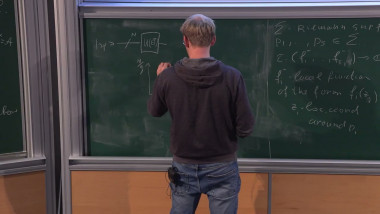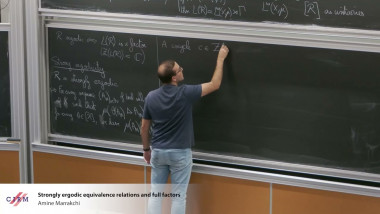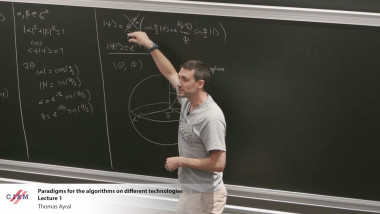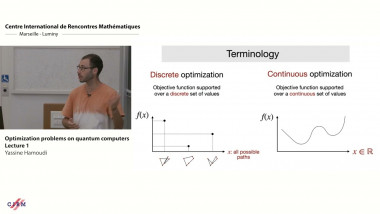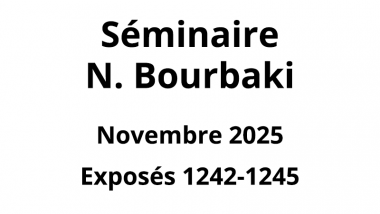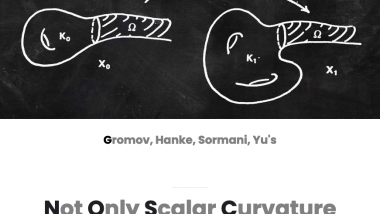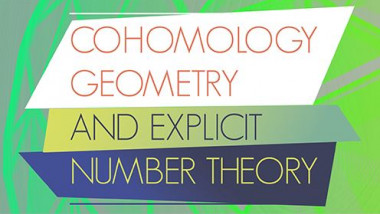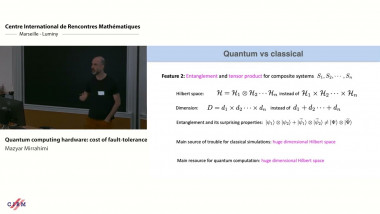Appears in collection : 2017 - T3 - WS1 - Operator algebras and quantum information theory
In recent years a deep connection has been found between Connnes’ embedding problem and Tsirelson’s questions about various sets of probabilistic quantum correlations, called local, quantum, quantum approximate, and quantum commuting correlations, respectively. The most fruitful approach to studying these questions and separating these types of correlations has been through the theory of perfect strategies for finite input-output games. Synchronous games are a special family of these games. Affiliated with each synchronous game is a C_-algebra such that the game has a perfect strategy of each of these four types if and only if the C_-algebra has, respectively, a trace of one of four types. Using this theory and the work of Slofstra, we are able to construct two graphs such that their “graph isomorphism game” has a perfect quantum approximate strategy but no perfect quantum strategy. This, in turn, implies that the set of synchronous quantum correlations is not closed.
